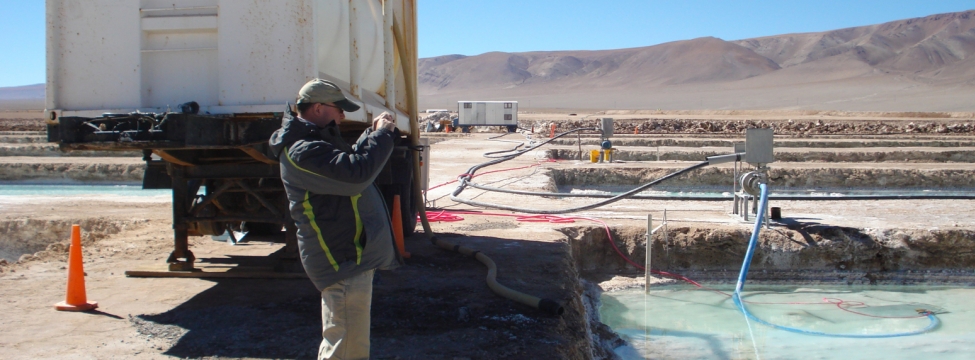To serve you better, our new website displays information specific to your location.
Please visit the site and bookmark it for future use.
Direct extraction lithium processes: the challenges of spent brine disposal
The significant role of lithium in the continued development and expansion of renewable and clean energy has led to an increase in the demand for projects involving the extraction of lithium from shallow brines, particularly in the ‘lithium triangle’ – Salar de Atacama in Chile, Salar de Uyuni in Bolivia and Salar de Hombre Muerto in Argentina – to be developed.
In line with increased demand, several companies have developed direct extraction processes and new technology to recover the lithium contained in brine. These direct extraction processes have emerged as an alternative to the conventional processes that are based on increasing the concentration of lithium through solar evaporation in evaporation ponds. The advantages of direct extraction processes include lower costs, shorter ramp-up periods and reduced dependence on climate.
However, management of spent brine tailings can be a significant issue if planning is inadequate. Direct extraction processes generate large amounts of spent brine (brine with a reduced lithium concentration), which may potentially affect the lithium-rich brine concentration. To prevent tailings disposal from affecting the lithium-rich brine, diligent engineering design is required. A key aspect in achieving cost-efficient direct extraction processes is providing solutions that avoid extensive use of liner in the disposal ponds or high operational costs.
This paper showcases recent experience with spent brine tailings management at projects in the lithium triangle, and experience in brine potash projects, which are similar in terms of mining methodology.






